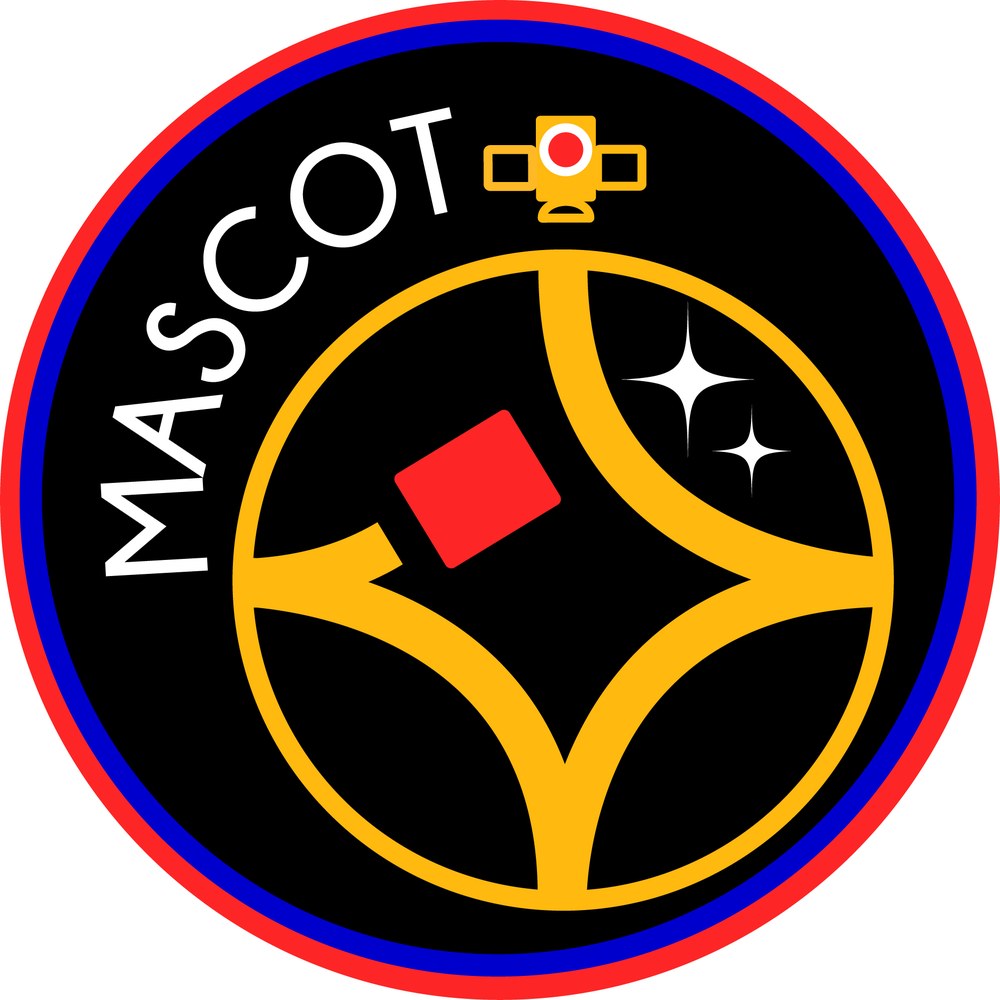MASCOT
Duration: | 2011-01-01 until 2018-12-31 rocket launch: 2014-12-03 |
Project partners: | • Hayabusa 2 Mission (JAXA, Japan Aerospace Exploration Agency) • MASCOT structure (DLR Braunschweig FA-MFW) • GNC, guidance, navigation & control system (DLR Bremen RY) • PCDU, power and communication systems (CNES, Centre National D’études Spatiales) • OBC, on board computer (Telespazio VEGA Deutschland GmbH) • CAM, visible camera (DLR Berlin PF) • MARA, infrared radiometer (DLR Berlin PF) • MAG, magnetometer (Techincal University Braunschweig) • MicroOmega, near infrared hyperspectral microscope (IAS Paris) • MOB, mobility unit (DLR Oberpfaffenhofen RMC) |
Website: | |
Applications: | • Analysis of asteroid Ryugu’s mineral composition, temperature and magnetic characteristics • Sample collection and return to earth |
Funding: | DLR |




